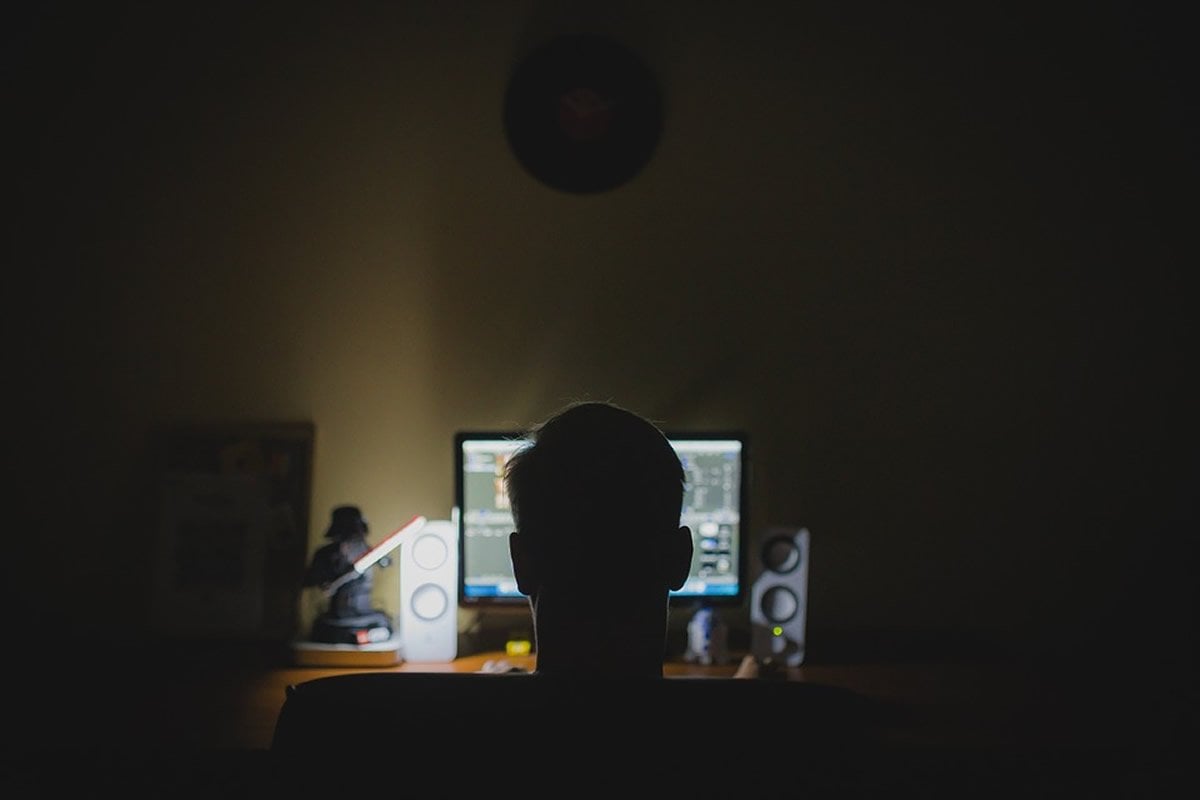Summary: Too little sleep and too much screen time are linked to increased impulsive behaviors, especially in younger people. Reducing recreational screen time to two hours a day and sleeping for 9-11 hours per night can help curb impulse behaviors.
Source: University of Ottawa
A paper published today in Pediatrics suggests that children and youth who do not sleep enough and use screens more than recommended are more likely to act impulsively and make poorer decisions. The findings come from the globally recognized Healthy Active Living and Obesity Research Group (HALO) at the CHEO Research Institute in Ottawa.
“Impulsive behavior is associated with numerous mental health and addiction problems, including eating disorders, behavioral addictions, and substance abuse,” said Dr. Michelle Guerrero, lead author and postdoctoral fellow at the CHEO Research Institute and the University of Ottawa. “This study shows the importance of especially paying attention to sleep and recreational screen time, and reinforces the Canadian 24-Hour Movement Guidelines for Children and Youth. When kids follow these recommendations, they are more likely to make better decisions and act less rashly than those who do not meet the guidelines.”

The Canadian 24-Hour Movement Guidelines for Children and Youth recommend:
- 9-11 hours of sleep a night
- no more than 2 hours of recreational screen time a day
The paper, “24-Hour Movement Behaviours and Impulsivity,” analyzed data for 4,524 children from the first set of data of a large longitudinal population study called the Adolescent Brain Cognitive Development (ABCD) Study, which will follow participants for 10 years. In addition to sleep and screen time, the ABCD Study also captures data related to physical activity. Physical activity is a third pillar of the Canadian 24-Hour Movement Guidelines, which recommend at least 60 minutes of moderate to vigorous physical activity daily.
The ABCD Study allowed Guerrero and her team to look at the three pillars of the movement guidelines against eight measures of impulsivity, such as one’s tendency to seek out thrilling experiences, to set desired goals, to respond sensitively to rewarding or unpleasant stimuli, and to act rashly in negative and positive moods. The study results suggest that meeting all three pillars of the movement guidelines was associated with more favorable outcomes on five of the eight dimensions.
Credit: Pediatrics/ Guerrero et al.
Guerrero and her team say that studies using feedback devices to measure the movement behaviors in future research will help further our understanding of how physical activity, screen time, and sleep relate to children’s impulsivity.
Source:
University of Ottawa
Media Contacts:
Paddy Moore – University of Ottawa
Image Source:
The image is in the public domain.
Original Research: Closed access
“24-Hour Movement Behaviors and Impulsivity”. Michelle D. Guerrero, Joel D. Barnes, Jeremy J. Walsh, Jean-Philippe Chaput, Mark S. Tremblay, Gary S. Goldfield.
Pediatrics. doi:10.1542/peds.2019-0187
Abstract
24-Hour Movement Behaviors and Impulsivity
BACKGROUND: The objective of this study was to examine individual and concurrent associations between meeting the Canadian 24-Hour Movement Guidelines for Children and Youth (9–11 hours of sleep per night, ≤2 hours of recreational screen time (ST) per day, and at least 60 minutes of moderate to vigorous physical activity per day) and dimensions of impulsivity.
METHODS: Data from this cross-sectional observational study were part of the first annual curated release of the Adolescent Brain Cognitive Development Study. Participants included 4524 children between the ages of 8 and 11 years.
RESULTS: In analyses, it was shown that adherence to individual movement behavior recommendations as well as combinations of adherence to movement behavior recommendations were associated with each dimension of impulsivity. Meeting all 3 movement behavior recommendations was associated with lower positive urgency (95% confidence interval [CI]: −0.12 to −0.05), negative urgency (95% CI: −0.04 to −0.08), Behavioral Inhibition System (95% CI: −0.08 to −0.01), greater perseverance (95% CI: 0.09 to 0.15), and better scores on delay-discounting (95% CI: 0.57 to 0.94). Meeting the ST and sleep recommendations was associated with less impulsive behaviors on all dimensions of impulsivity: negative urgency (95% CI: −0.20 to −0.10), positive urgency (95% CI: −0.16 to −0.08), perseverance (95% CI: 0.06 to 0.15), Behavioral Inhibition System (95% CI: −0.15 to −0.03), Behavioral Activation System (BAS) reward responsiveness (95% CI: −0.04 to −0.05), BAS drive (95% CI: −0.14 to −0.06), BAS fun-seeking (95% CI: −0.15 to −0.17), and delay-discounting task (95% CI: 0.68 to 0.97).
CONCLUSIONS: Findings support efforts to determine if limiting recreational ST while promoting adequate sleep enhances the treatment and prevention of impulsivity-related disorders.






